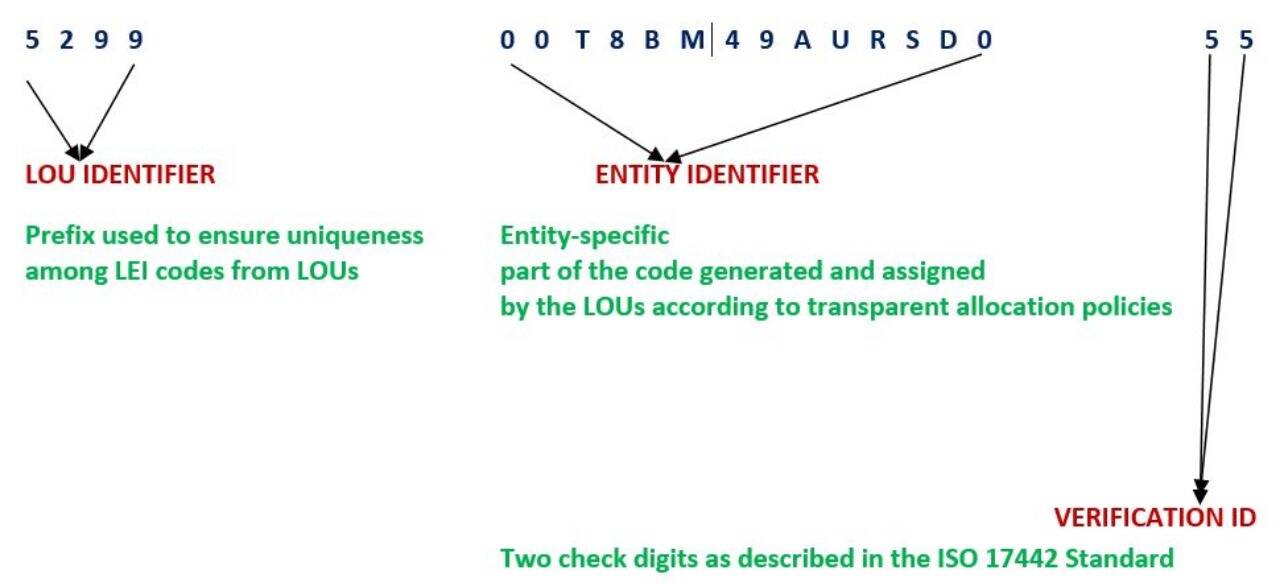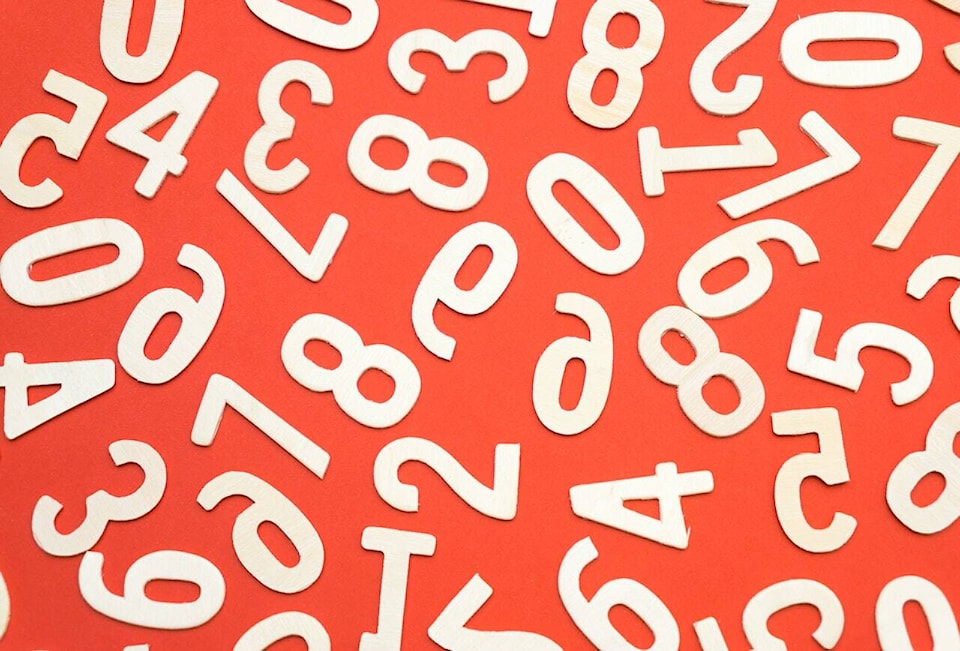The Legal Entity Identifier (LEI), or LEI Number, is a unique global identifier for legal entities participating in financial transactions.
In other words, it is a code that helps financial companies earn recognition and acceptance on a global scale. As a legal entity dealing in financial transactions, it’s highly imperative to file for an LEI application because that’s what tells the rest of the financial community ‘who you are, ‘what you own,’ and ‘what you are.’
When we talk about financial companies, we mean organizations or government entities that participate in financial transactions. That is, banks, money lenders, credit unions, brokerages, insurance companies, trading firms, investment companies, and other businesses providing financial products and services.
On the surface, this classification means that only people dealing in funds, bonds, stocks, trades, and forex may be required to get an LEI code, but in reality, that’s not the case. Even companies that don’t deal in financial assets may sometimes be required to get an LEI. Since it’s a globally accepted system of transparency, just about any and every company could be required to have one.
Imagine you’re an automobile dealer based in Italy, and you want to sell cars to clients from foreign countries. You may have difficulty convincing new prospects that you’re real and legit. But with an LEI code, they can quickly look you up on the reputable GLEIF LEI checker system and confirm your identity.
What does an LEI comprise?
Going by the definition above, an LEI code can also be regarded as an international business registration number. And like every regular registration number, LEI numbers come in digits and letters.
In other words, they’re alpha-numeric by nature. They consist of 20 characters. And these characters can be broken into three distinct parts:
- Characters 1-4: Local Operating Unit (LOU) identifier
- Characters 5-18: identification of the legal entity
- Characters 19-20: verification of the identity of the legal entity
The LEI number code is based on the ISO 17442 standard developed by the International Organization for Standardization (ISO).
Here’s an example of what a typical LEI code looks like:

A typical LEI number usually has two levels of data, which are:
- The Level 1 Data: This data provides relevant information about the legal entity, including their legal name, registration number, legal address, etc.
- The Level 2 Data: This data provides information about the entity’s ownership and ownership structure. That is, who are the business owners and how is the business owned/structured.
What is the purpose of the LEI number system?
Technically, the legal entity identifier number was created to enhance transparency in the world of financial transactions.
Based on that, we can say the LEI code system offers the following benefits.
- Enables traceability
Once we can easily identify the entities involved in a financial transaction, it becomes easy to trace every necessary detail of the transaction—details like parties involved, shareholders, history of transactions, etc.
- Ease of entity identification
With the aid of LEI codes, anyone can easily research anything they would like to know about legal entity owners and their companies.
- Fraud prevention
Thanks to the transparency enforced by the LEI code system, issues involving money laundering and financial fraud are now easy to figure and cut out.
- Transaction regulations
Jurisdictions that utilize the LEI system also use LEI codes to regulate several financial factors surrounding transactions within the jurisdictions.
Who controls the allocation of LEI numbers?
With so much trust placed in the LEI number system, it’s important to discuss the bodies responsible for regulating the allocation of these numbers.
- ROC (Regulatory Oversight Committee): This is a committee of supervisory
- authorities that upholds and controls the Global LEI System
- GLEIF (Global Legal Entity Identifier Foundation): This is a non-profit organization that
- controls and manages LEI numbers. They operate the database upon which users can search and lookup LEI numbers.
- LOU (Local Operating Unit): This is the body responsible for issuing LEI allocations to legal entities.
Who needs an LEI number?
Anyone involved in financial transactions or operating within financial systems are obligated to obtain LEI numbers. That means if you have a company that deals in the buying, selling, or trading of financial instruments such as bonds, stocks, CFDs, funds, loans, etc., you’ll be expected to get an LEI number.
If you’re an individual trader or a regular business owner, you may not be compelled to get an LEI number. But with a vast majority of the world now becoming familiar with the idea of LEI codes, it is only a matter of time before regular businesses are requested to have LEI numbers.
Better you get it now than later.
How to apply for an LEI number
The process of filing for an LEI number application can be strenuous. In fact, it often requires a number of legal requirements and regulations.
However, you can make the process a lot easier for yourself by hiring an LEI application service. They will help you handle the entire process from start to finish.
After application, your LEI code will be issued within 6 to 48 hours.
How to renew your LEI number
The LEI number validity period is one year. That means, after one year, you have to renew your status. The essence of renewal is to ensure that your company details remain updated.
In many instances, legal entities may opt for automatic status renewal when applying for their LEI number with an LEI service. In that case, your number will be updated automatically once it reaches the one-year mark.
